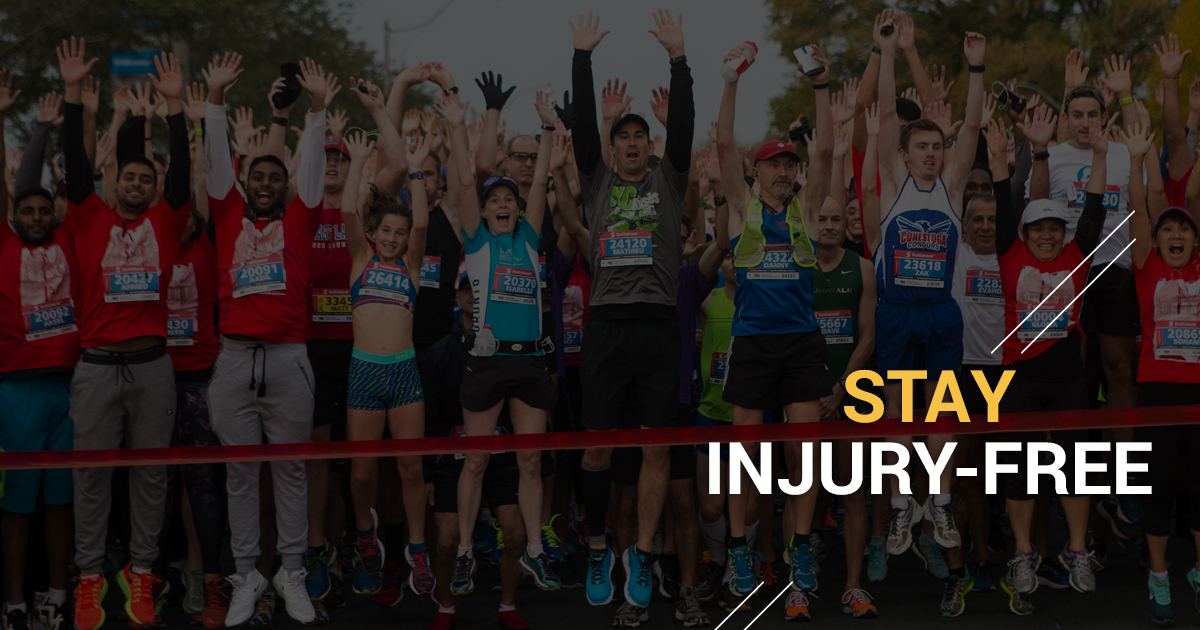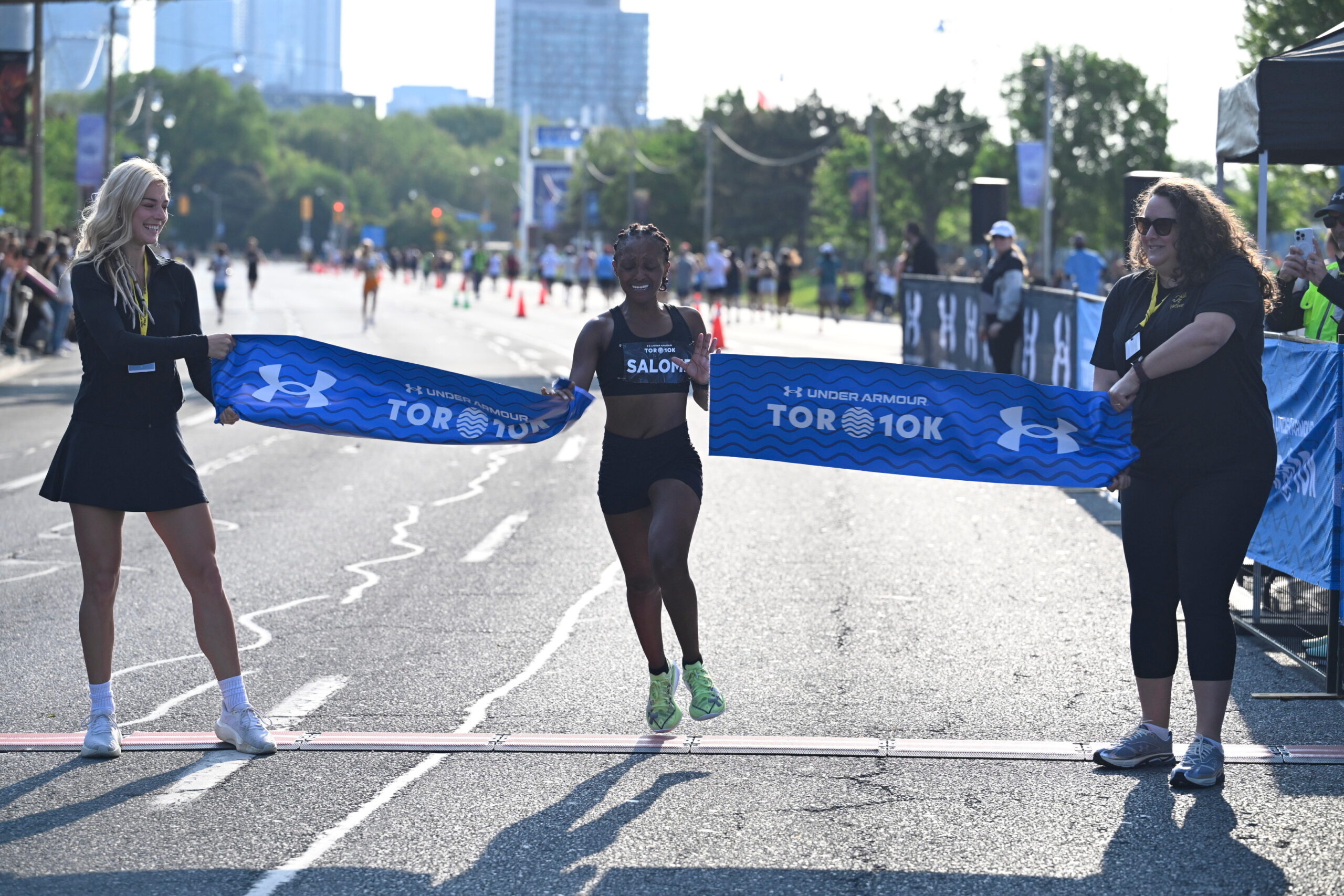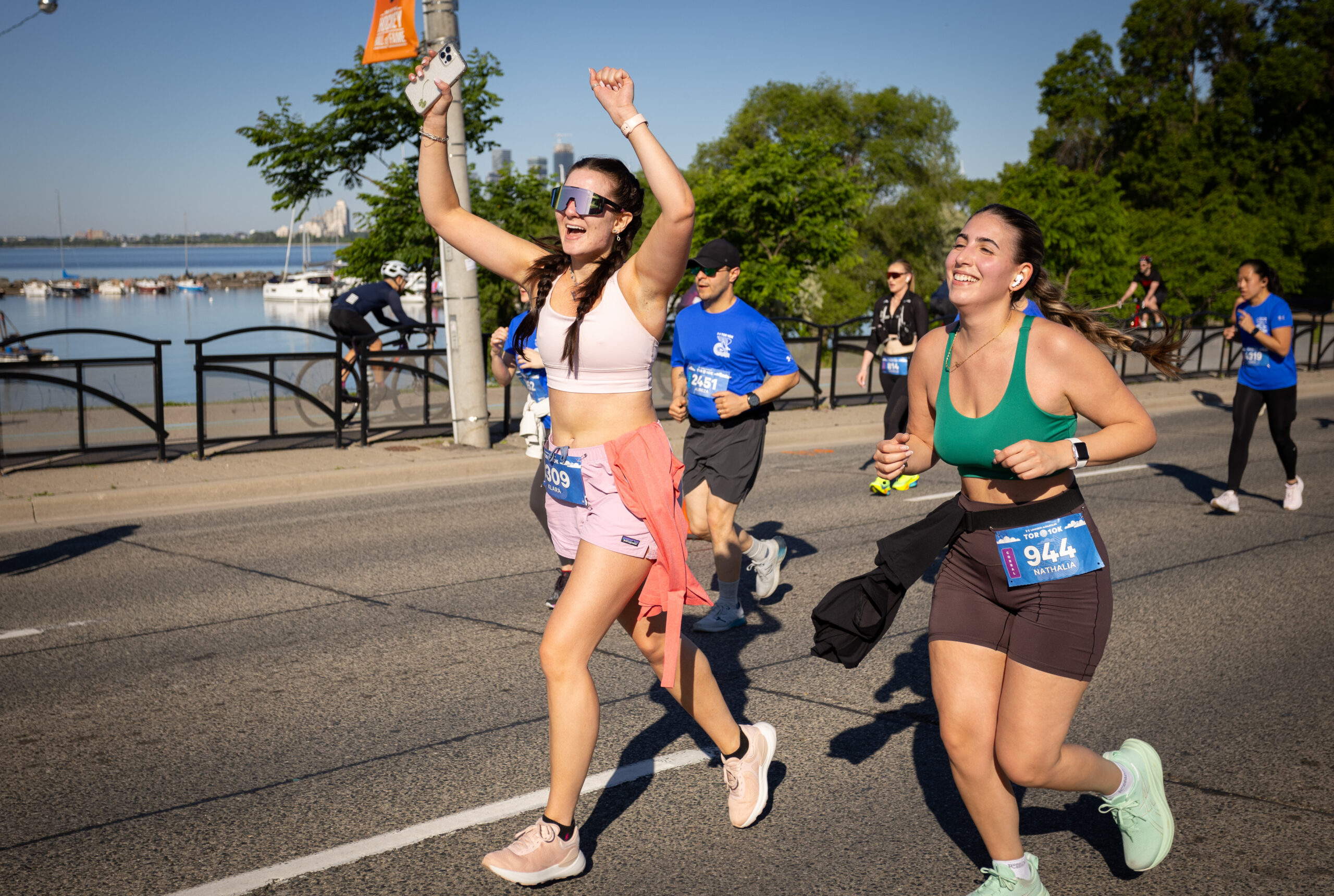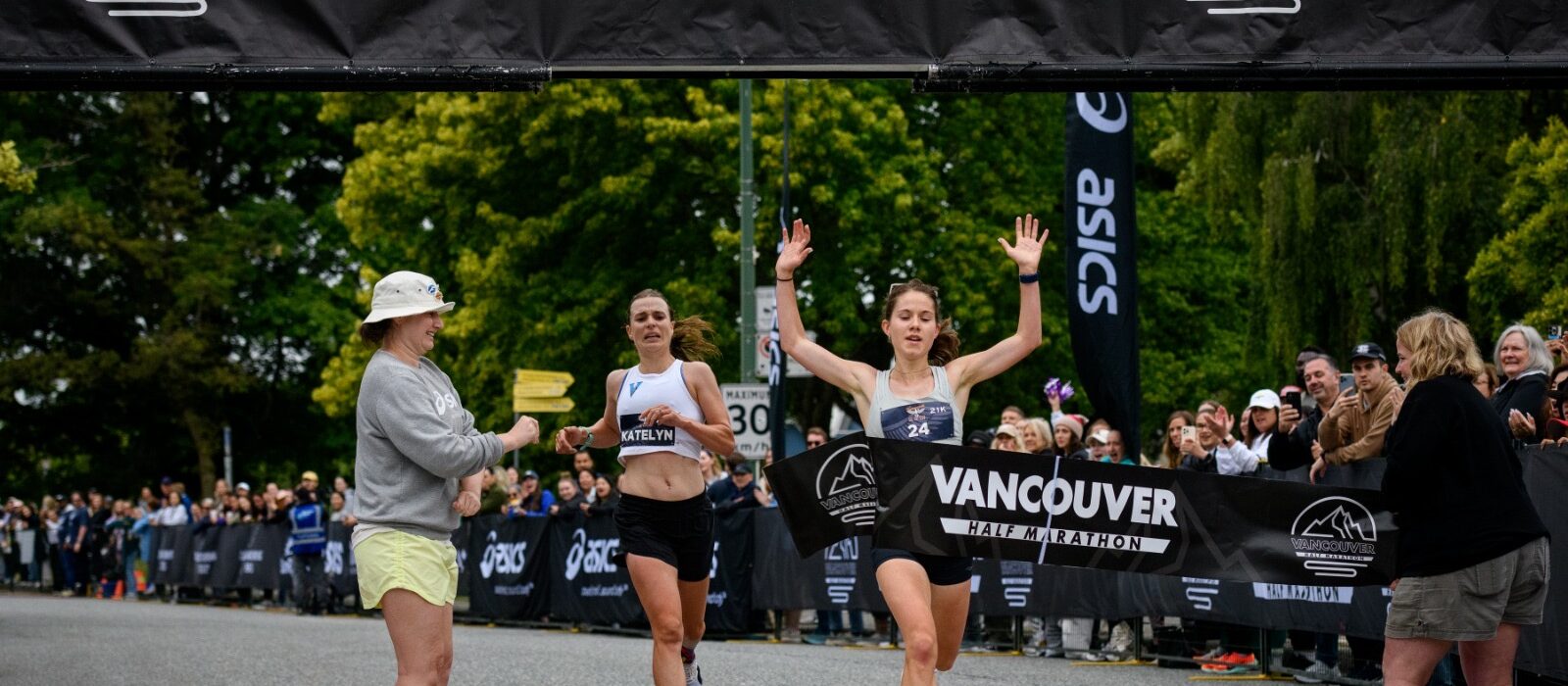
 The Centre for Sport and Recreation Medicine has been a proud medical sponsor of the Scotiabank Toronto Waterfront Marathon for 15 years. We’ve had the privilege of helping many runners make it to the start line and watch thousands of runners cross the finish line every year. New this year, we’re partnering with Canada Running Series to provide a monthly blog to support runners preparing for the race. Whether this is your first 5K or your 50th marathon, we wish you well in reaching your goal!
The Centre for Sport and Recreation Medicine has been a proud medical sponsor of the Scotiabank Toronto Waterfront Marathon for 15 years. We’ve had the privilege of helping many runners make it to the start line and watch thousands of runners cross the finish line every year. New this year, we’re partnering with Canada Running Series to provide a monthly blog to support runners preparing for the race. Whether this is your first 5K or your 50th marathon, we wish you well in reaching your goal!
By: Alison Pinto, PT, FCAMPT, CAT(C)
As a Physiotherapist/Athletic Therapist, I often meet people only after they have sustained an injury and are looking for a solution to get back to their sport as soon as possible and advice on how to prevent the injury from recurring. By this point, a lot of them are frustrated because running was their form of exercise, a source for stress relief, and a method of accomplishing a new goal and now they can’t do it. So how do you save yourself from this frustration and avoid becoming sidelined by an injury? Here are some tips to help you make it to the start line of your race.
-
Training
When choosing a training program, consider your current level of physical activity and running history. Training programs that have consistently high weekly mileage and high intensity runs (i.e. tempo runs, hill repeats, race pace runs) are best suited for people who have some prior running experience. Training programs that start with shorter distance and gradually increase to longer distances as well as start with steady runs and build to higher intensity runs are best suited for novice runners or those embarking on a new distance (such as 10 km to half-marathon or half-marathon to marathon).
In general, weekly mileage should increase by no more than 10% per week. This is due to the fact that muscles, tendons and ligaments take time to adapt to the forces placed on them when running and a larger increase in weekly mileage will often result in musculoskeletal injuries. Another thing to consider is how far, how frequently, and how fast you are running. It’s best to change only one component at a time and to have a solid cardiovascular and muscle strength base before adding speed.
-
Warm Up and Cool Down
The purpose of the warm up is to prepare your muscles, heart and lungs for more intense activity. Therefore, the warm up should mimic the movements you will be doing during the workout, but at a lower intensity. The warm up should be dynamic in order to gradually increase heart rate, breathing rate, and blood flow to muscles. For runners, this can include hip swings, high knees, butt kicks, heel raises, and light jogging. The cool down is mean to relax the body after intense activity.
Consider doing a light jog or short walk before completely stopping your workout in order to gradually reduce your heart rate and prevent blood from pooling in your legs (which may make you feel light headed or faint). Static stretches, held for 30 to 60 seconds, are best performed post-workout to restore muscles to their resting length.
-
Cross Training
Cross training is considered to be any activity that is different from your primary sport. Whether it be cycling, swimming, weight training, or yoga, cross training is beneficial because it allows you to use different muscles or use your muscles in different ways so as to prevent repetitive and overuse injuries. Cycling and swimming are great low impact cardio workouts while weight training and yoga help build muscle strength, endurance and flexibility. Cross training can even be used as your recovery after a hard running workout to reduce muscle soreness.
-
Dealing with Aches and Pains
When starting any new activity or increasing the intensity of an exercise, some soreness is to be expected. How do you know what is normal pain and what is a potentially an injury? “Normal” pain, also known as Delayed Onset Muscle Soreness (DOMS) occurs in the muscles that were worked due to micro-tears and inflammation. DOMS usually lasts 2-3 days and gradually reduces over time. Ice or light activity can be used to reduce DOMS. The good news is that the next time you workout at the same intensity, DOMS won’t be as bad since your body has adapted and become stronger.
“Bad” pain can occur in muscles too, but more commonly occurs in tendons and joints. There may be inflammation (swelling, heat, redness) around the area and the pain often lasts longer than 2-3 days. If the pain is lasting more than 5-7 days, is worsening, or is causing you to compensate in some way (i.e. limping while walking or running), it is best to seek help from a medical professional. Pushing through pain often leads to delayed healing as well as secondary aches and pains in areas that are compensating for the primary injury.
The Centre for Sport and Recreation Medicine has two locations in Toronto and a variety of health professionals to assist you in getting healthier, stronger and faster. Visit our website at www.torontosportsmedicine.ca for more information or to book an appointment with our staff.








